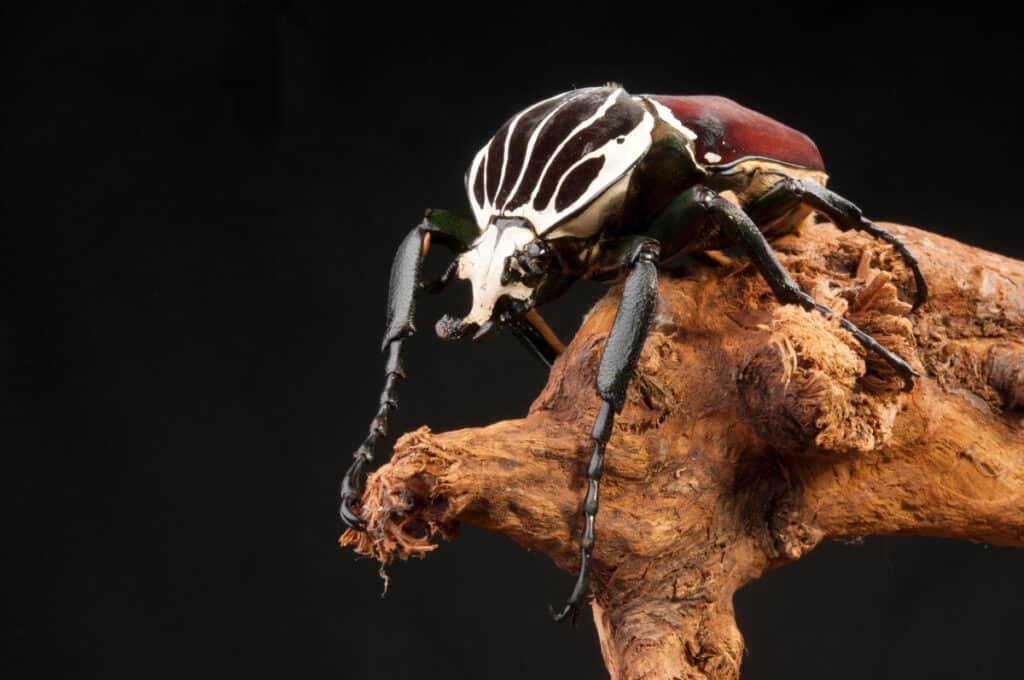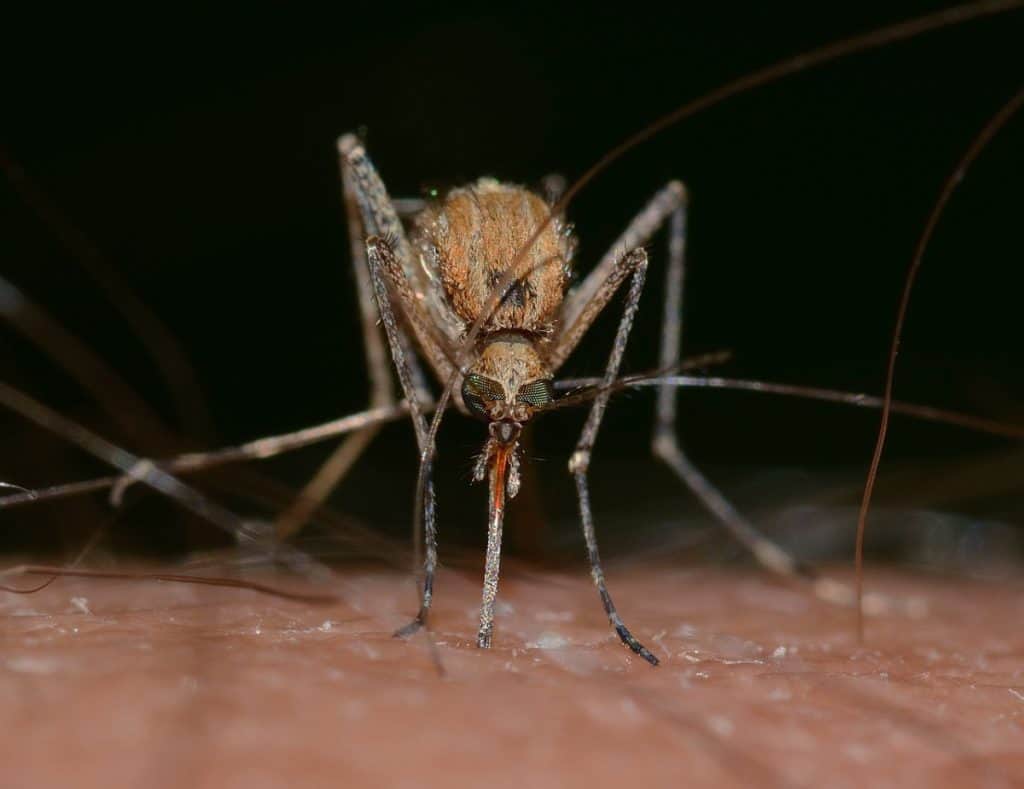The world of insects is a vast and diverse one, comprising a significant portion of Earth’s biodiversity. Understanding the total number of insect species that exist is a challenging task due to various factors such as their small size, cryptic habits, and the sheer scale of unexplored habitats.
This article aims to explore the question: how many insect species are there? In order to estimate insect species numbers, scientists employ different methods including taxonomic classification, DNA barcoding, and ecological modeling. However, these techniques come with their own limitations and uncertainties.
Additionally, cataloging all known insect species is an ongoing effort that requires collaboration among experts worldwide. Despite significant progress in documenting existing species, there are still vast areas of unexplored territories where new insect species await discovery.
By shedding light on the current knowledge gaps and exploring future avenues for research, this article aims to contribute to our understanding of the remarkable diversity within the world of insects.

The Amazing Diversity of Insects
The astonishing array of insects demonstrates the remarkable diversity within this taxonomic class. Insects have evolved numerous adaptations that enable them to thrive in a wide range of habitats and ecological niches.
Their ability to fly, for example, allows them to explore new environments and find food sources. Other adaptations include their exoskeleton, which provides protection and support, and their ability to reproduce rapidly, ensuring the survival of their species.
Insects play a crucial role in ecosystems as pollinators, and decomposers, and as a food source for other organisms. They contribute to nutrient cycling and plant reproduction through their role as pollinators. Additionally, they help control pest populations by preying on harmful insects or serving as food for larger predators.
Overall, the incredible diversity and ecological importance of insects make them an essential component of our natural world.
How Many Insect Species Worldwide?
Scientists have described and recognized over 1 million species of insects. However, the actual number of insect species in the world is estimated to be much higher, possibly about 5.5 million species. It’s believed that there could be millions of insect species that are yet to be discovered and described by scientists.
Insects are the largest group of animals on Earth and are incredibly diverse in terms of their forms, behaviors, and ecological roles. They can be found in nearly every habitat, from the depths of the ocean to the highest mountains, and they play essential roles in ecosystems as pollinators, decomposers, predators, and prey.
Due to their small size, rapid reproduction rates, and incredible diversity, insects have been a challenging group to study comprehensively. New species are continually being discovered, particularly in tropical rainforests and other biodiversity-rich areas. It’s worth noting that insects have a significant impact on human societies as well, both positive (such as pollination of crops) and negative (such as insect-borne diseases).
Methods of Estimating Insect Species
One approach to estimating the number of insect species involves implementing various methodologies. These methods can be broadly categorized into traditional and molecular approaches.
- Traditional Approaches: These methods rely on taxonomic expertise and involve collecting, identifying, and classifying specimens based on morphological characteristics. This approach has been used for centuries but is time-consuming and requires specialized knowledge.
- Molecular Approaches: These methods utilize DNA sequencing techniques to identify and classify insect species. By comparing genetic information, scientists can determine species boundaries more accurately and efficiently than traditional approaches.
- Species Abundance: Estimating the abundance of insect species is another method used to estimate overall species diversity. This can be done through sampling techniques such as pitfall trapping or sweep netting, which provides data on the relative abundance of different species in a given area.
- Distribution Patterns: Studying the distribution patterns of insect species across different habitats can also provide insights into their diversity. By mapping their geographic range and analyzing factors influencing their distribution, scientists can estimate the number of distinct insect species within a region.
By combining these different estimation methods, scientists aim to gain a comprehensive understanding of the vast diversity of insect species on Earth.
The Challenges of Cataloging Insect Species
Challenges in cataloging insect species arise from the complex nature of their diversity and the need for comprehensive data collection and analysis.
One challenge is the difficulty in accurately identifying and classifying insect species due to their vast numbers and morphological variations.
Additionally, DNA sequencing, while a powerful tool in species identification, presents challenges such as high costs, technical expertise requirements, and limitations in certain taxonomic groups.
Another challenge is the sheer magnitude of the task at hand – with an estimated 5 to 10 million insect species yet to be discovered or described.
To overcome these challenges, citizen science initiatives have emerged as important contributors to insect cataloging efforts.
Engaging amateur entomologists and enthusiasts worldwide allows for increased data collection, filling critical knowledge gaps, and accelerating our understanding of insect biodiversity.
Known Insect Species and Counting Techniques
To accurately determine the number of known insect species, scientists employ various counting techniques such as morphological analysis, DNA barcoding, and molecular phylogenetics.
These methods enable researchers to identify and classify insects based on their physical characteristics or genetic information.
Morphological analysis involves studying the external and internal structures of insects to differentiate between species.
DNA barcoding uses a specific region of an organism’s DNA to identify and categorize species.
Molecular phylogenetics examines the evolutionary relationships among different insect species by analyzing their genetic data.
By combining these techniques, scientists can estimate the biodiversity of insects more accurately.
However, it is important to note that these methods are not without limitations and may not capture every single insect species in existence.

Unexplored Territories: Discovering New Insect Species
Exploration of uncharted regions holds the potential for unveiling a plethora of newfound insect diversity. As scientists delve into previously unexplored territories, they discover new insect species and expand our knowledge about the intricate web of life on Earth. Insect species habitats are incredibly diverse, ranging from rainforests to deserts, and from freshwater ecosystems to deep-sea environments. These habitats provide unique niches for insects to thrive and adapt, leading to a high level of biodiversity in certain regions known as biodiversity hotspots. To illustrate the significance of these hotspots, consider the following table:
| Biodiversity Hotspot | Number of Insect Species |
|---|---|
| Amazon Rainforest | 2 million |
| Madagascar | 150,000 |
| Western Ghats (India) | 7,402 |
The numbers in this table highlight the remarkable richness of insect species within these specific areas and emphasize the importance of exploring uncharted territories to uncover even more unknown insect diversity.
